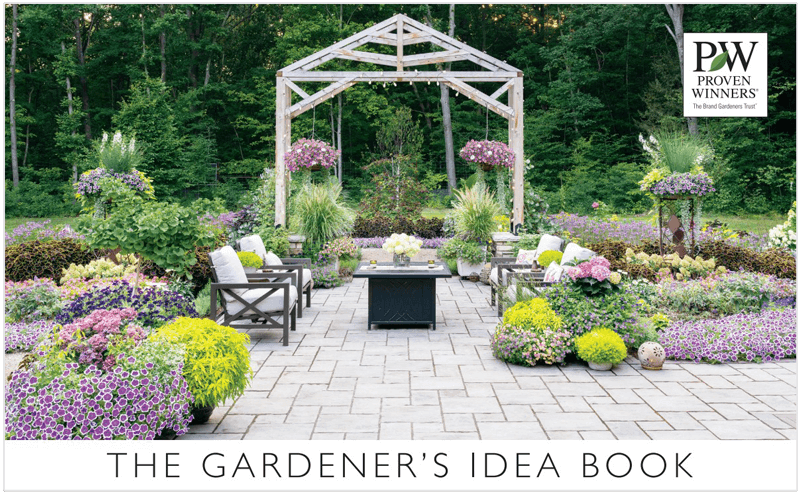Keeping Your Balance: How to Keep One Plant from Taking Over Flower Beds or Containers
Tips on keeping your containers and flower beds in happy harmony.
When designing your garden beds or containers, you paid close attention to which plants look good next to each other. You probably also considered soil and light, and combined plants that enjoy the same amount of sunshine and water. One thing many new gardeners forget to pay attention to is plant vigor—how big and how quickly plants grow. Before they know it, the fast-growing Sweet Caroline sweet potato vine they intended as an accent has completely overwhelmed the RockapulcoⓇ impatiens that were supposed to be the star of the show.
Read on for tips on keeping your combos in happy harmony.

What is plant vigor in gardening?
Our team has assigned our annual plants a vigor rating on a scale of 1 to 4. The plant vigor scale measures how fast and how big a plant will grow. Plants at the low end of the scale tend to remain compact and grow more slowly. Plants on the high end are fast growers that tend to spread.
When designing combinations, you want to match up plants with similar vigor ratings. That will keep the palette of colors and textures balanced as the plants all grow together.
Combining plants to keep a balanced look
One easy way to make sure no one plant takes over your bed or container is to mix different colors of the same variety. For example, SuperbellsⓇ calibrachoa comes in more than 40 colors you can mix and match.
When combining varieties, read the tags or online descriptions carefully to find plants with similar vigor. Look for words like “vigorous” or “fast-growing” to denote high-vigor plants that should be paired with other fast growers.
You can roughly estimate how vigorous a plant will be based on recommended spacing. When you first buy them at the garden center, a pansy and a petunia might be about the same size. But there’s a good reason tags suggest spacing pansies 6 to 10 inches apart and spacing petunias 12 to 24 inches—the vigorous petunia will spread wide and fast to close the distance.
When planting a container with vigorous growers, you’ll use fewer plants. For example, we usually recommend four to six plants in a 14-inch container, but if you’re planting a vigorous combination of Supertunia Vista® Bubblegum and Snow Princess® sweet alyssum, just three plants will fill a 14-inch container in no time.
If you’re filling a container with compact, slow-growing plants, like Frizzle Sizzle ruffled pansies, it may take as many as eight plants for your 14-inch container to look full.

How to combine fast-growing and slow-growing plants
Matching up plants with similar levels of vigor is the easiest way to keep your garden combinations growing in the same proportions all season.
But if you’re absolutely in love with the way a vigorous grower and slower grower look together, don’t despair. As long as their light, water, and soil needs are similar, they can grow together.
Start with fewer of the more vigorous plant, knowing it will spread out to take up more space. As the season goes on, give your vigorous grower a trim when it gets too exuberant. An occasional snip will keep your arrangement in harmony. Just don’t trim more than 25% of any one plant at a time.

Examples of plants with very high vigor
|
|
|
|
|

Examples of plants with high vigor
 Sweet Caroline & Illusion® Ipomoea |  Vermillionaire® Cuphea X |
|

Examples of plants with medium vigor
 Rockapulco® Double Impatiens |  Southern Blaze™ Phlox |
|  |

Examples of plants with low vigor
 Charmed® Wine Oxalis |  Kiwi Aeonium |













 Laguna®
Laguna®


